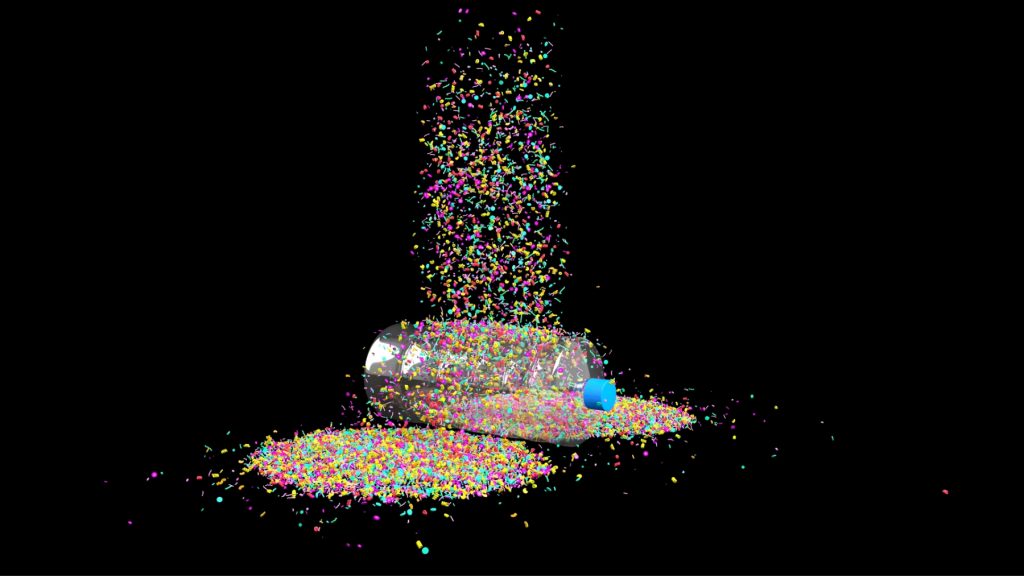 Magnetic Solution to Extract Microplastics from Water Via NADES
Magnetic Solution to Extract Microplastics from Water Via NADES Researchers at the University of Kentucky Martin-Gatton College of Agriculture, Food and Environment in the USA, had developed a new methodology to remove microplastics from water using Natural Deep Eutectic Solvents (NADES), as published in Scientific Reports.
In simple terms, they act like a magnet, attracting microplastic particles in water.
Magnet Attracting Toxicity
This method is eco-friendly since it is composed of natural ingredients like plants and coconuts, which are biodegradable.
“Our approach introduces the concept of deep eutectic solvents, which are unique in their composition and behavior,” said the college’s Department of Biosystems and Agricultural Engineering (BAE), associate professor Jian Shi. “Derived from natural sources like plants and coconuts, these solvents transform from solid to liquid when mixed, creating an effective medium to extract these tiny plastic particles from water.
NADES are effective at capturing even the tiny nanoparticles of plastic that are less than 100 nanometers in size. This means they can be used in various applications, like wastewater treatment plants, industrial processes, and even environmental cleanup efforts.
“Think of NADES as a kind of ‘magnet’ that specifically attracts and holds onto these small plastic pieces,” said Czarena Crofcheck, BAE professor and study co-author. “Basically, the NADES mix with the water and ‘stick’ to the plastics, pulling them out of the water.”
Microplastics come from oil and gas and have a significant effect on our environment. Hence the good news about NADES. Compared to traditional methods, NADES provides a higher selectivity for microplastics, targeting plastic particles, leaving solids in the water untouched.
NADES is achieving the hardest yet the most significant and challenging part of hindering the negative effects of plastic pollution.
“The challenge of micro- and nano-plastics in our environment has been gaining intense attention recently,” said BAE associate professor Jian Shi. “These minute particles, often invisible to the naked eye, are the remnants of larger plastic pieces broken down by sunlight and physical stress. Their size makes them notoriously difficult to remove using conventional methods like centrifugation or filtration, which are either inefficient or too costly.”
Tackling such toxicity is more crucial than ever. Let’s encourage discussions about the growing poisoning from plastic pollution.
Inside Telecom provides you with an extensive list of content covering all aspects of the tech industry. Keep an eye on our Impact section to stay informed and up-to-date with our daily articles.